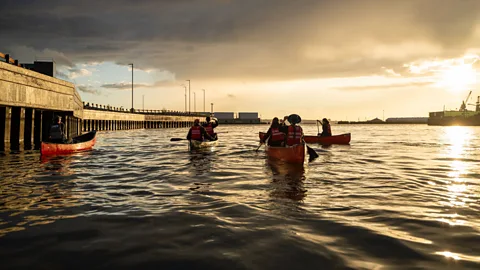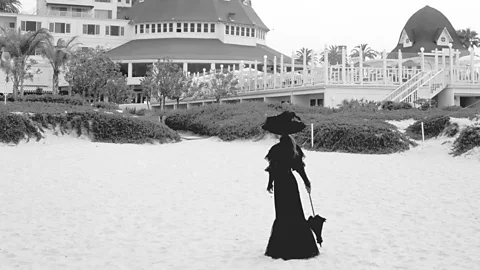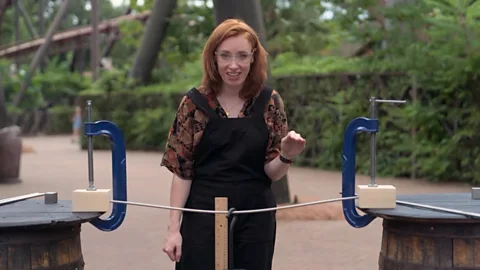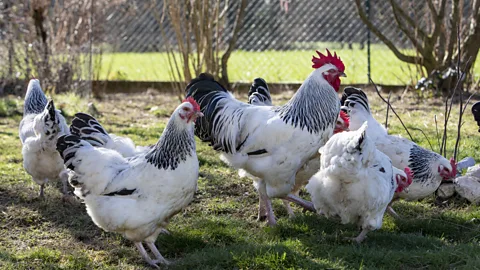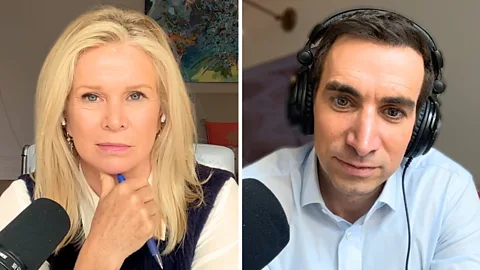Japan's photo tomb that contained a historic legacy
In 1883, pioneering photographer Ukai Gyokusen buried several hundred of his glass negatives in a Tokyo cemetery - an act he considered as preservation.
He died four years later, buried next to his photographs and with two tombstones detailing his life and career. With him went almost any evidence and recognition for his work.
But long before then, in 1861, it was Ukai who opened what is now thought to have been the first professional Japanese photo studio - "Eishindō" (which can be translated as 'Hall of True Images').
Only recently is his life and work re-emerging from the ground to claim its rightful place in Japanese photographic history. Ukai's photographs, or what remain of them, are now considered to be ahead of their time.
We speak to two photo historians about Ukai's career as well as looking at some exciting new discoveries made during the making of this episode.







